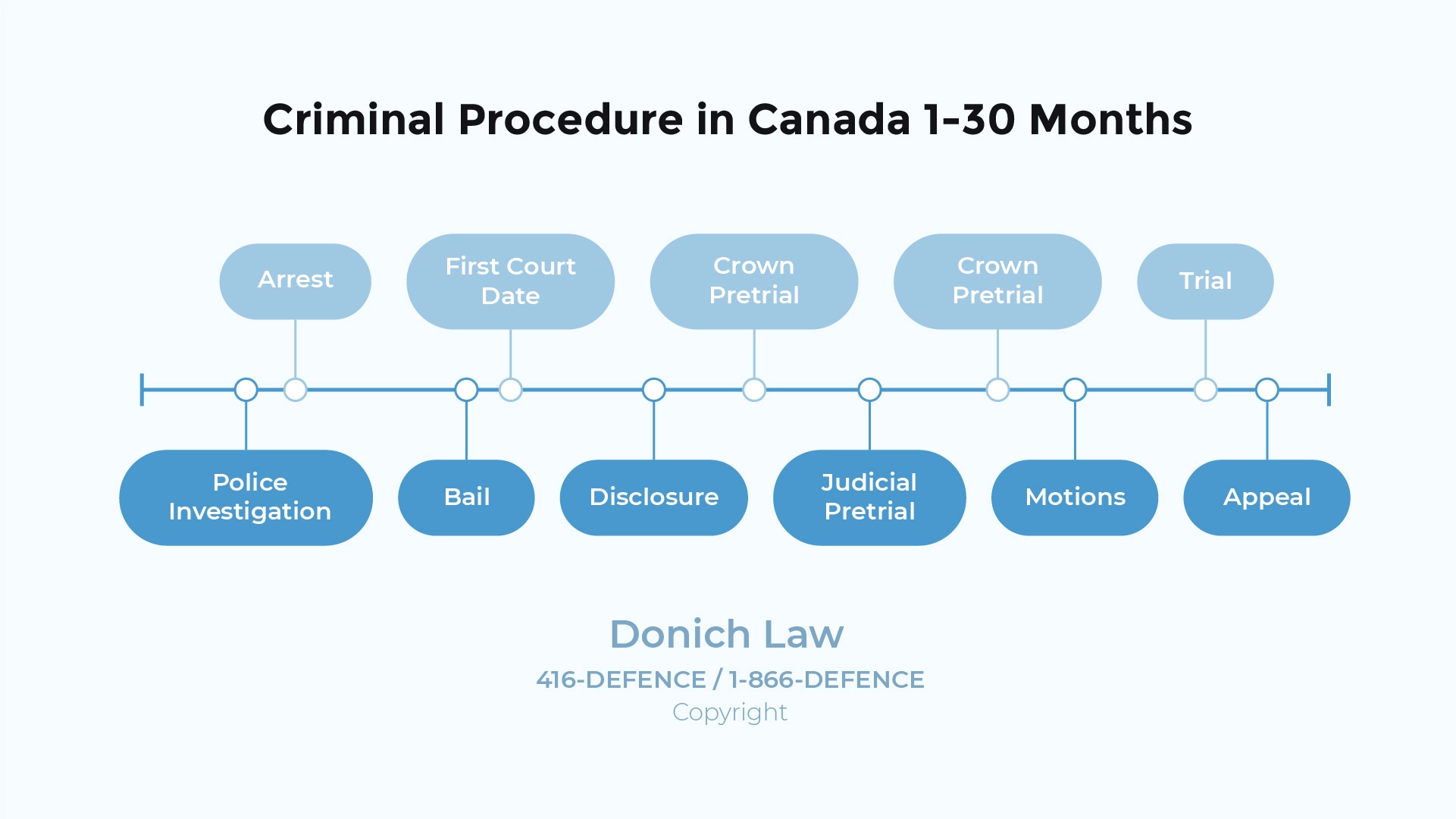
HUMAN TRAFFICKING LAWYER
Frequently Asked Questions
What is Human Trafficking?
Human Trafficking, which is often referred to as “trafficking in persons”, can be summed up to a type of modern day slavery. It involves the recruitment, transportation, harbouring and/or exercising of control, direction or influence over the movements of a person in order to exploit that person, typically through sexual exploitation or forced labour. Under the Criminal Code, as well as the Immigration and Refugee Protection Act, human trafficking is considered to be a punishable offence.
Under section 279.01(1) of the Criminal Code, trafficking in persons is committed by those who recruit, transport, transfer, receive, hold, conceal or harbour a person, or exercise control, direction or influence over the movements of a person, for the purpose of exploiting them or facilitating their exploitation. The individual would be guilty of an indictable offence and liable to imprisonment.
Similarly, under section 279.011(1) of the Criminal Code, everyone who recruits, transports, transfers, receives, holds, conceals, or harbours a person younger than 18 years old, or exercises control, direction or influence over the movements of a person younger than 18 years old, for the purpose of exploiting them or facilitating their exploitation, is guilty of human trafficking.
An individual who receives a financial or other material benefit knowing it is from trafficking in persons, is guilty of the offence of material benefit of trafficking pursuant to section 279.02(1) and (2) of the Criminal Code.
Related to trafficking in persons, is the offence of kidnapping. Under section 279(1) of the Criminal Code, every person commits an offence who kidnaps a person with the intent to cause the person to be confined or imprisoned, be unlawfully sent or transported out of Canada, or be held for ransom – all of which is against their will.

- CP24: Civil Sexual Assault Lawsuit at St. Michael’s in Toronto.
- Global News Morning Show: Sentencing Arguments in Assault case of Dafonte Miller.
- Breakfast Television: Role of Mental Health in Court Proceedings.
- Global News National: Bruce McArthur will not serve consecutive sentences.
- CBC Radio: Interview with Mayor John Tory and Jordan Donich on CBC Radio.
- CTV News National: Handgun ban supported by majority of Canadians: Nanos survey.
- Global News: How difficult is it to get a legal handgun in Canada.
- CP24: Sentencing Hearing for Chair Girl.


Other Consequences Associated with Human Trafficking
As noted above, the Immigration and Refugee Protection Act (IRPA) also includes human trafficking as a punishable offence, under section 117. It states that no person shall organize, induce, aid, or abet the coming into Canada of one or more persons knowing that, or being reckless as to whether, their coming into Canada is or would be an offence under the IRPA. If there are fewer than 50 victims, the offender could be liable to a minimum punishment of three to five years in custody. This increases from to five to ten years in custody if there are more than 50 victims.
Section 117 of the Immigration and Refugee Protection Act was applied in United States v. Lee (2009), an extradition case with the American government, where the court gave a detailed explanation of the offence, stating: “[t]he operation involved transporting aliens and recruiting others to transport aliens from Toronto Airports to ‘safe houses’ located in Canada where the persons would stay for a limited period of time while awaiting instructions to be smuggled into the United States.” This was a clear example of organizing and aiding individuals to get into the country through improper means.
Common Defences to Human Trafficking
The Criminal Code first indicates under sections 279.01(2) and 279.011(2) that no consent to the activity forming the subject matter of a charge under human trafficking is valid. Meaning one cannot consent to be trafficked.
Case law, such as R. v. S.B.S. (2022), has established that in order to prove or establish grounds for a human trafficking conviction, “[t]he Crown must prove two essential elements to the reasonable doubt standard…a) that the accused exercised control, direction or influence over the movements of the victim, and b) that the purpose of which the accused exercised control, direction or influence was to exploit the victim” (at para 122). What this means is, the accused cannot be convicted if the Crown cannot provide their case. If the accused did not exercise control or influence over the victim or if the accused did not actually exploit the victim, an argument could be made for a not guilty verdict.
Stages of the Criminal Justice System

What are the Penalties for Human Trafficking?
Penalties related to human trafficking are outlined within the Criminal Code. For example, under section 279.01(1) – trafficking in persons – an offender could be found liable to imprisonment for life and to a minimum punishment of imprisonment for a term of five years if they kidnap, commit an aggravated assault or aggravated sexual assault against, or cause death to, the victim during the commission of the offence; or to imprisonment for a term of not more than 14 years and to a minimum punishment of imprisonment for a term of four years in any other case.
The penalty is slightly different under section 279.011(1) – trafficking of a person under the age of eighteen years – being that an offender could be found liable to imprisonment for life and to a minimum punishment of imprisonment for a term of six years if they kidnap, commit an aggravated assault or aggravated sexual assault against, or cause death to, the victim during the commission of the offence; or to imprisonment for a term of not more than fourteen years and to a minimum punishment of imprisonment for a term of five years, in any other case.
R. v. Gardner (2020), is a case dealing with an accused convicted of human trafficking, which explains why such sentences exist and are necessary. “The fundamental purpose of sentencing is to contribute to respect for the law and the maintenance of a just, peaceful and safe society. The Criminal Code directs judges to craft sentences which achieve these goals by imposing just sanctions which have one or more of six objectives. Those objectives include the denunciation of unlawful conduct, deterrence of the offender and others who might be similarly tempted, separation of the offender from society where necessary, rehabilitation, and the promotion of a sense of responsibility in the offender” (para 45).
What’s a Crime in Canada?
Common types of Human Trafficking
Sex and labour trafficking are the two dominant forms of human trafficking in Canada. Labour trafficking involves the control and exploitation of an individual for their labour or service, which is usually taken by force, threats and/or deception – also called “forced labour”. For context, situations or environments involving labour exploitation typically consist of poor and unsafe working conditions, abuse, extremely long hours and unfair or non-existent wages. Labour trafficking involves recruiting, moving, or holding victims and pressuring them into doing any kind of laborious work – it should be noted that this can occur in all different types of industries. Forced labour can also be found in domestic servitude, such as working as a caregiver with unreasonable hours and unrelated duties.
Sex trafficking on the other hand can be somewhat more complex. Victims are usually lured in and groomed by individuals initially acting as their boyfriends or girlfriends, who then end up taking their money or forcing them to hand over what ever they have earned in relation to sex work. Sex trafficking can also affect anyone – men and women, at any time and any place. Violence and threats of violence are often used as a means of control to force trafficked persons to perform sexual services.
According to the RCMP, statistics show that the nature of sexual exploitation results in victims typically being forced to provide sexual services via massage parlours, escort agencies or adult entertainment ventures. Victims of forced labour, however, are often forced to provide services under circumstances that involve long hours of work for little or no pay and are usually encompassed in unsafe work locations.
Law Newbie is a free AI research assistant that can help you safely answer questions about criminal law.
Recent Cases
R. v. Reginald Louis Jean, 2020 ONSC 624
In the Ontario Superior Court of Justice case of R. v. Reginald Louis Jean, the accused was found guilty of two counts of human trafficking and one count of receiving a material benefit from them, under sections 279.01(1) and 279.02(1) of the Criminal Code. The now Applicant argued that the mandatory minimum sentence under s. 279.0(1) violated his section 12 rights under the Canadian Charter of Rights and Freedoms. Section 12 of the Charter states that everyone has the right not to be subjected to cruel and unusual punishment.
The Court considered several factors here. First, they looked at the offender’s circumstances and balanced that with the impact on the victim. Mitigating factors were also considered, such as the lack of prior criminal history, a good family support system, and the accused being relatively young and fathering an infant child. Aggravating factors included the age and number of the victims, their vulnerability, the working conditions, violence and the use of drugs or alcohol, in relation to the crime of human trafficking.
After analyzing, the Court came to deliver its sentence and reasoning. It found that the sentences for each count of human trafficking should be consecutive subject to adjustments, since there were two complainants and although the offender’s actions were similar, they did not arise from the same series of events. Based off case law and the principles of deterrence, denunciation, rehabilitation and totality, the Court stated that the proportional sentence would be four years in prison for one count of trafficking (consecutive), followed by two years less 72 days credit for pretrial custody (consecutive), followed by three years in prison for receiving material benefit.
R. v. Gordon, 2023 ONSC 1036
In the Ontario Superior Court of Justice case of R. v. Gordon, the accused was charged with unlawful confinement, receiving financial benefit knowing it was obtained through human trafficking and assault causing bodily harm. The accused and the complainant worked together at an adult entertainment club. Initially, their interactions were normal and they entered into a romantic relationship which grew into more of a business relationship. However, the peace did not last.
The accused became very aggressive with the complainant and would severely physically assault her on numerous occasions. The accused “looked after” the complainant but with the expectation that she would turn over all her earnings to him. She would be forced to work, even on nights their club was closed. When the complainant told the accused she wanted to leave this lifestyle, she was told that $50,000.00 would earn her freedom.
In terms of sentencing and analyzing the facts, the Court again considered the mitigating and aggravating factors, along with the circumstances of the offender, such as his lack of a high school diploma and that he needed to support two children. The impact on the victim was of course much more of a significant factor for the court. The complainant was quite young when she first got involved with the accused and believes she was in a vulnerable state at that time. Unfortunately, the complainant continued to fear for her safety and felt traumatized and manipulated for financial benefit. The court stated this as being “classic violent pimping behaviour” and sentenced the accused to seven years in prison.
R. v. McIntosh, 2022 ONSC 6437
In the Ontario Superior Court of Justice case of R. v. McIntosh, the accused was charged with human trafficking, receiving material benefit from sexual services and procuring. The complainant had met the accused when she was 20 and found out he was involved in the sex trade. Although their initial relationship was more of a romantic/intimate kind, the accused did eventually get the complainant set up in hotels to participate in sex work. However, the accused kept her earnings in order to control her. There were times where the accused would persuade the complainant to work even when she did not want to.
When the accused started having a relationship with another woman, the complainant finally left him – later learning she was pregnant with his child and eventually giving birth. At trial, the accused apologized for his behaviour and stated that they should have handled things better, implying that complainant’s evidence was due to her “broken heart” and anger towards the custody of their child. The court found this to be a complete absence of remorse.
The court considered the mitigating and aggravating factors as well as factors and impacts on the parties involved. A sentence of six years and two months was ordered. In addition to this, ancillary orders were made including a DNA order under section 487.051 of the Criminal Code, a weapons prohibition order under section 109(2) of the Criminal Code and a non-communication order with the complainant under section 743.21 of the Criminal Code while the accused is in custody.













